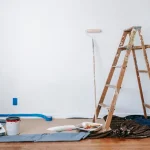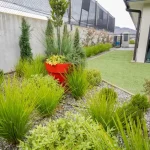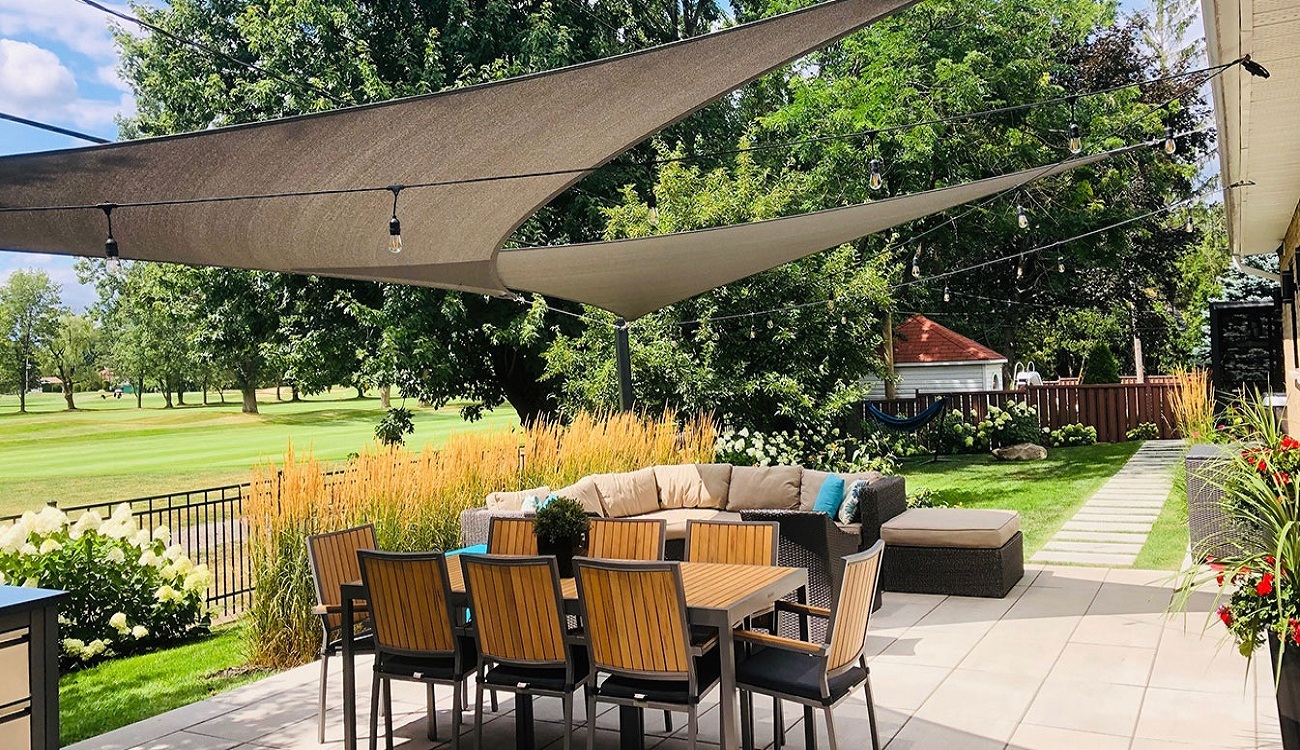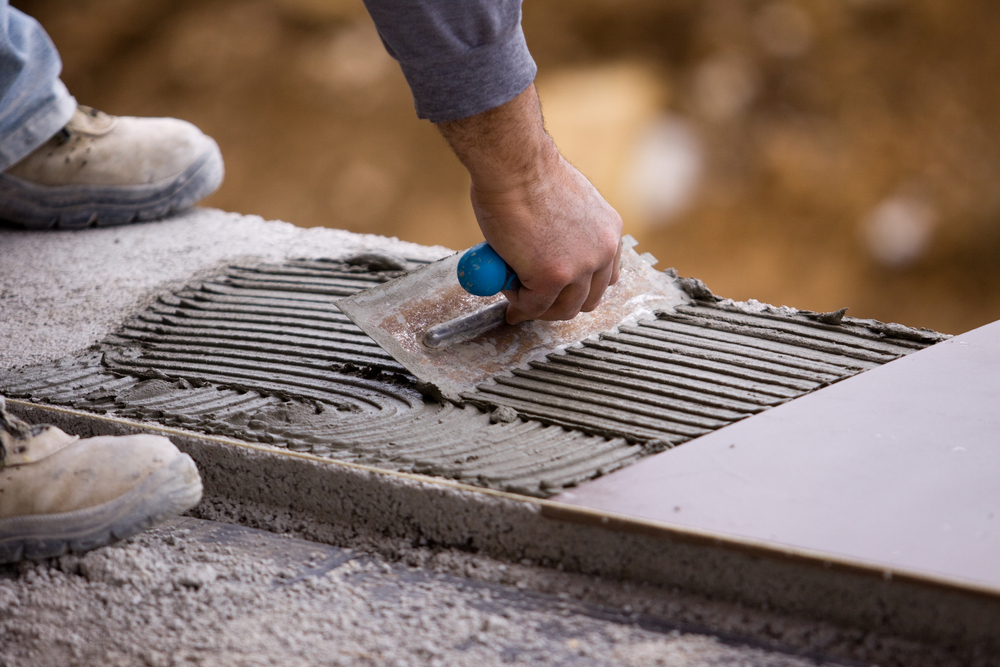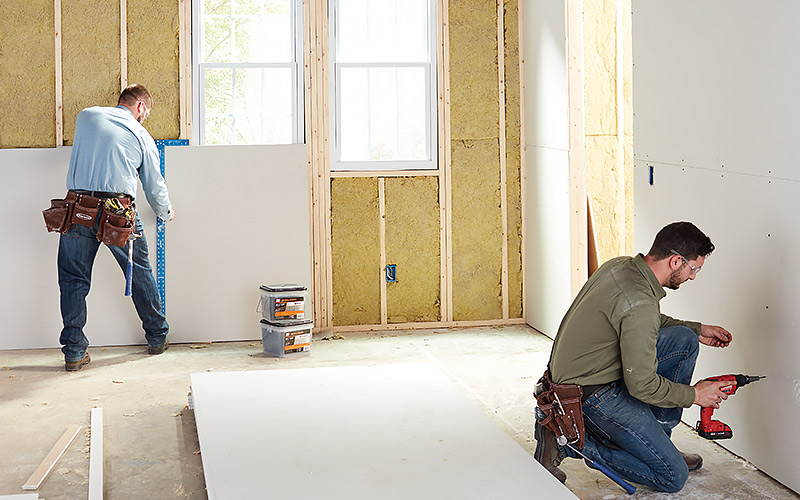Unlike a carbon monoxide detector or a fire alarm, the presence of mold in your home or apartment will not trigger any special siren. However, if it does reside in your home, it could pose a threat to both your health and property. That’s why it is essential to fix any mold issues before the fungus can intensify and spread, resulting in a larger headache. You should always be on the lookout for signs that mold has taken residence inside your apartment or home. If you answer yes to any of the below questions, you should seek help from a professional as soon as possible.
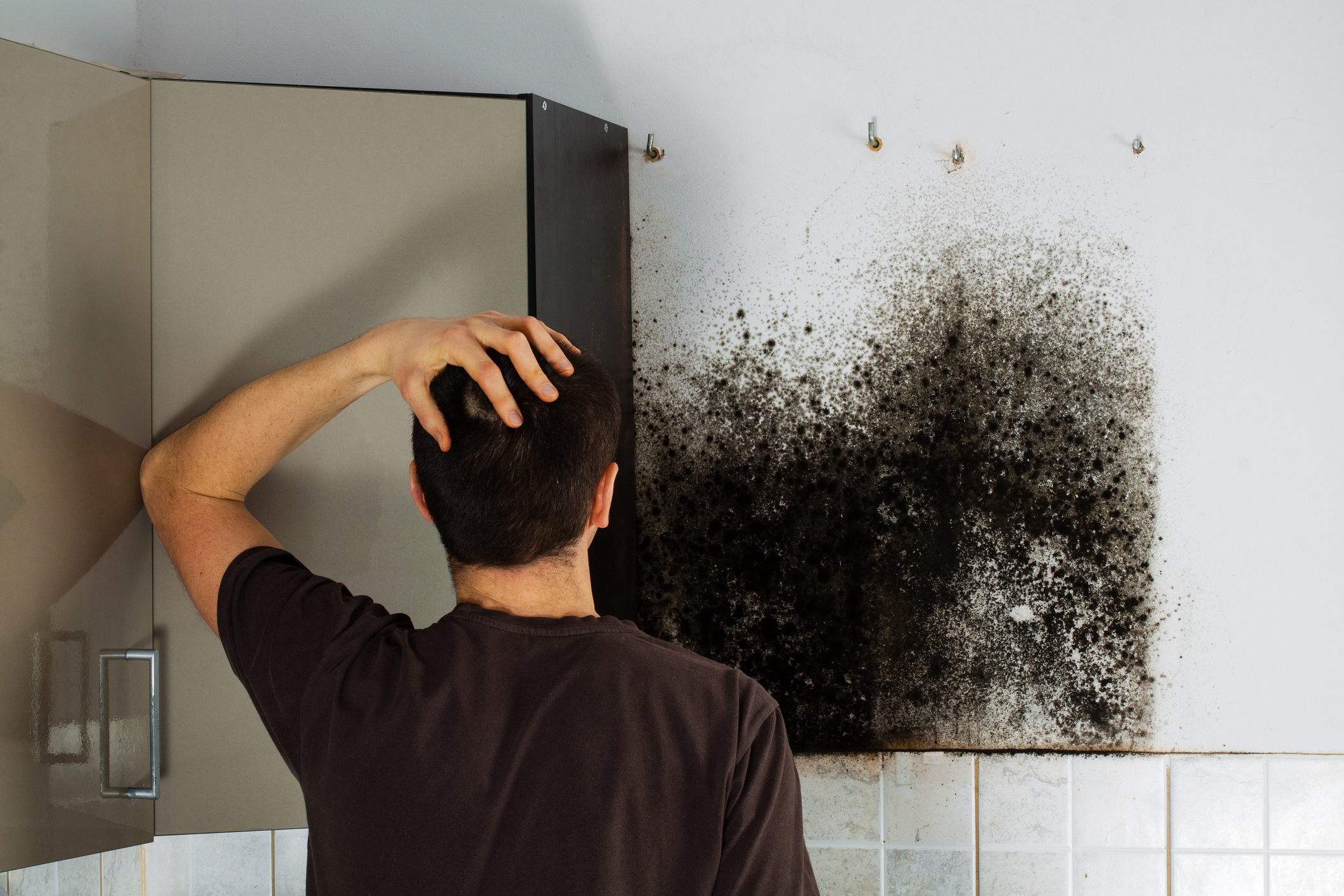
Are you experiencing any allergies?
If you’ve been suffering chronic symptoms of allergies – red eyes, runny nose, or sneezing – despite the season, the issue may be a product of what’s inside your home. When inhaled, mold can cause you to experience a severe allergic reaction. Prolonged exposure can lead to asthma attacks, as well as other serious health issues. If you notice your allergy symptoms worsening whenever you’re inside your home, it is quite possible that you have a mold problem on your hands.
Have you noticed water spots?
Mold thrives in high-moisture areas. Without damp climates – like your basement or bathroom – mold simply would not exist. If you’ve recently stumbled upon a water spot on your wall, ceiling, or floor, feel the area to check for any dampness. Any moisture detected, or wallpaper/paint that is cracking, bubbling, or peeling, is a sign you should contact a specialist to investigate further.
Do you smell something funky?
A musty, damp, or unusual smell inside the home is sometimes an indicator that mold is present. Even if you cannot see any immediate signs of water damage or visible mold, you should have a professional inspect your space.
Are you suddenly experiencing headaches or memory problems?
Mycotoxins, a chemical produced by strains of mold that are toxic, can pose a serious threat to your health. When you’ve been subjected to toxic strains of mold, you could experience headaches, dizziness, memory loss, and a reduction in your ability to concentrate. As mentioned earlier with regular allergy symptoms, if you notice your allergies intensify inside your apartment or home, mold may be present.
Has your home had any leaks?
Whether it’s a faucet or water seeping in through a cracked shingle in your roof, a leak usually leads to mold growth. Mold is also found around pipes – no matter if they’re behind or in front of a wall. Always check these areas thoroughly for any immediate indications of mold, and if you experience a leak, make sure to have it fixed quickly.
Do you see any questionable dirty spots?
While mold is not always visible, when it does make a physical appearance, many people tend to mistake it for a stain or dirt mark. In many instances, the spot may appear very small in size. However, one spot is typically accompanied by more mold hidden behind walls or in other areas that you have yet to find. Mold can pop up in a variety of colors, sizes, and shapes, so the moral of the story is don’t assume a mark is not mold just because it is not black.
Author’s short bio:
Wendy Michaelis founder of fixAIRx is an indoor air quality professional in Dallas, TX. With 5 years in business diagnosing and correcting Poor Air Quality conditions. We offer a wide range of customized environmental & mold testing services and at the same time we help find the best solution that fits your families unique needs and budget.

I’m Carrie Phillips. I love to share my tips and tricks for home improvement, as well as provide ideas for how you can transform your space with DIY projects.


